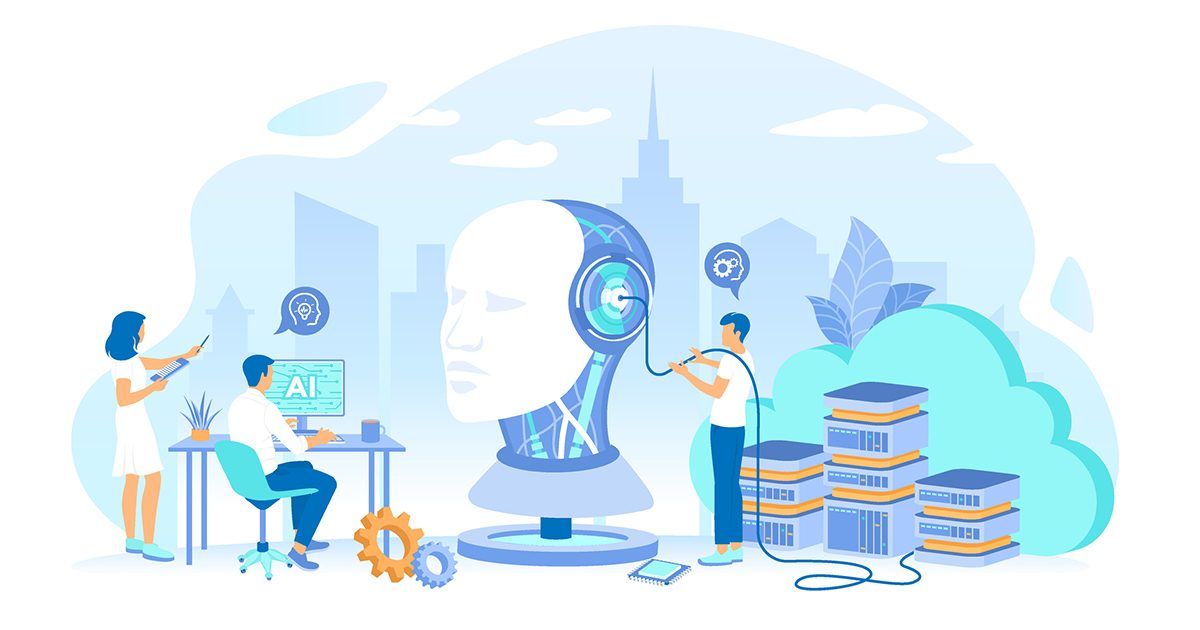The world currently revolves around AI. Or more accurately, AI revolves around the world. As far as fast decision-making is concerned, Artificial Intelligence (AI) can assist professional individuals and businesses boost productivity, diagnose diseases and even prevent fraud.
But what is really the value of translation when combined with AI Machine Translation (MT)? Does it affect businesses positively or negatively? Let’s find it out!
AI in the cross-cultural road
The quality of machine translators, such as google translate, may have improved through the past years, but it remains imperfect. Especially when it comes to cultural relevance, the language barriers cannot be easily overcome. A great example of this fact would be translation services in the medical industry since AI translation errors in pharmaceutical products or medicine instructions are highly possible to occur when not relying on a professional native translator. In fact, the above-mentioned has been proved through the case of Willie Ramirez who was left quadriplegic and resulted in a medical malpractice compensation of $71 million because of the false interpretation of the word “intoxicado” from Spanish to English. Hence, in respective cases, it is crucial to make proper use of AI and be able to deeply understand the context of translation, use back-translation, or better seek sources of professional interpretation.
Time VS Quality
There is no doubt that AI tools such as Google Translate, Bing Microsoft, DeepL, Reverso, etc. reduce translation costs since they can translate content much faster and make rapid decisions between multiple tasks compared to the human factor. But also the truth is that these kinds of MT tools are not able to fully localize context, idioms, cultural relevance, and tone of voice in a prompt way that leads to no misunderstandings. As a matter of fact, an accuracy assessment research back in 2010 highlights the poor interpretation of MT regarding Asian languages while pointing out sufficient accuracy as far as common European languages are concerned.
Language Availability & Localization
As raised above, localization can be pretty tricky for AI translators since their automated translation processes are not able to utterly meet every cultural nuance of the target market. Specifically, cultural inconsistencies can easily occur when translating a local language due to false terminology interpretation which cannot be attributed to universal terms.
Ethics Regulation & Transparency
AI systems are gaining autonomy and hence taking decisions rapidly. Therefore, one of the burning issues that came up is ethics regulation and transparency. Privacy, environmental effects, isolation, data bias, inclusivity, accountability, and reliability are just some of the issues that concern businesses that need to communicate with their audience properly when choosing to promote their products and services via AI-powered translation. But who actually takes the blame for an eventual machine learning malpractice?
A possible solution for professional individuals and companies could be “Terminology Management”. Specifically, through a translation and terminology management system that is controlled by professional native translators not only potential costly amendments could be avoided, but also consistency through the whole communication spectrum could be achieved. Therefore, businesses would be able to ensure that only preferred terminology is used and hence boost their productivity and profit.
Will AI replace professional translators?
The answer is no. Although artificial intelligence translation can be cost- and time-efficient for companies, the demand for certified native translators who feel the pulse of your target audience and…speak its language has never been greater. Paspartu Translation Services localizes your content, product, or services in more than 40 different languages, most accurately and consistently.
Would you like to be our next international case study? Ask for a quote here: https://www.paspartutranslations.com/free-quote/




